
Review on Enhanced Performance Carbon Monoxide Detector by Kidde with Battery Backup, Digital Display, LED Lights, and CO Alarm by Yung Kitamura

Tested with CO in a closed container at various concentrations. Worked very well!
It's hard to tell if emergency equipment like carbon monoxide detectors will actually work unless you are actually exposed to dangerous levels of carbon monoxide. And if the carbon monoxide detector doesn't work, you won't know about it; Instead, you would just poison yourself and think everything is fine. The only way to really know if it works is to put it in an airtight container and generate CO. Since I love playing with dangerous chemicals at home, I decided to give this one a try. By adding formic acid to concentrated sulfuric acid, the formic acid (HCOOH) breaks down into CO and H2O. I got these two chemicals for less than $10 a liter plus shipping. I poured some sulfuric acid into a graduated cylinder and placed it in a sealed 1 gallon plastic container. Then I added a small amount of diluted formic acid and quickly closed the container. Of course it worked! It recorded CO concentrations that were in the range of what I expected with added formic acid (using the ideal gas law to figure out what the maximum CO level would be). In high concentration testing, I found that the alarm goes off within 3 minutes of reaching 500ppm (which is dangerous but will take hours to clear, leaving plenty of time to get some fresh air). In another test, it worked after about 20 minutes at around 190ppm of CO, which is dangerous but not fatal. Its peak is in the range of 910–920 ppm; it doesn't show levels above it. Needless to say, with CO levels this high, it kicks in within a minute or two, and anyone seeing more than 900ppm on the display should leave home and seek medical attention immediately. It also performed well in low concentration tests. Due to some weird US regulations, it will read "0" for any reading below 30ppm. However, if you press the Peak Level button, you will see the peak value even if it was below 30ppm. This works down to a range of 10-15ppm, below which you don't have to worry about CO at all. Prolonged exposure to around 50ppm will set off an alarm after a few hours. Another, simpler test (which anyone with a carbon monoxide alarm should do to make sure it's working) is to light a candle in a closed container with a carbon monoxide alarm and then close it. Container. The spark plug burns the available oxygen and significant incomplete combustion (release of CO instead of CO2) occurs when it runs out of O2. I tried this and got 96ppm with a small candle in my gallon container; a larger candle is likely to release more. I then attempted this by igniting a crumpled piece of newspaper in a container and got >910ppm which is reasonable as paper and wood undergo pyrolysis which releases a lot of CO from the combustion of a small amount of acetone (compared to paper a fairly clean fuel) was 300-550ppm depending on how hot the fire was before I closed the lid; The lower reading compared to the paper helps confirm it is showing accurately. Conclusion: This $20 detector works very well when tested with real CO. It's accurate, the alarm sounds at dangerous levels of CO, it only sounds when the levels of CO are dangerous and it can save your life.
- Everything is fine!
- Expensive
New products
Comments (0)
Top products in 🧯 Fire Safety

🔒 Safe-T-Alert by MTI Industries 35 Series Dual LP/CO Alarm - 12V, Flush Mount, White, 6-3/8" Width x 2-7/8" Height x 1" Depth

10 Review
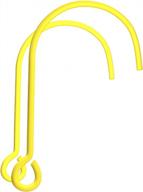
Fire Escape Ladder Hooks (2-Pack) - ISOP Iron Emergency Window Rescue Rope Deployment Carabiner Hook Set, Sturdy & Durable Portable Design.

22 Review
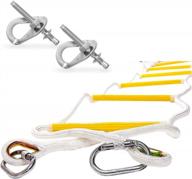
16Ft Fire Escape Ladder 2 Story Flame Resistant Safety Rope With Anchors - Fast Deploy & Easy To Use & Store - Compact 2000 Lb Capacity Emergency Ladders

13 Review
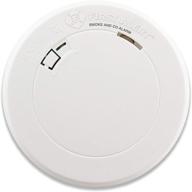
🔥 BRK PRC710 Smoke and Carbon Monoxide Alarm with Built-In 10-Year Battery - White

9 Review
Another interesting products
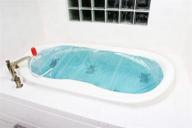
🌊 AquaPod Kit 2.0: BPA-Free & Made in USA! Emergency Water Storage Container, Hurricane Survival (65 gallons) - Great for Larger Tubs!

8 Review

Lingito Rain Poncho: Buy 5, 10, or 🌧️ 15 Packs - Disposable Emergency Rain Ponchos for Ultimate Protection

8 Review
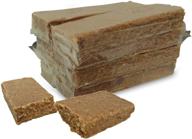
🍽️ S.O.S. Rations Emergency 3600 Calorie Food Bar (Cinnamon & Coconut, 2 Pack)

8 Review

Clear Disposable Emergency Rain Poncho with Hood for Adults - 20 Pack

8 Review

